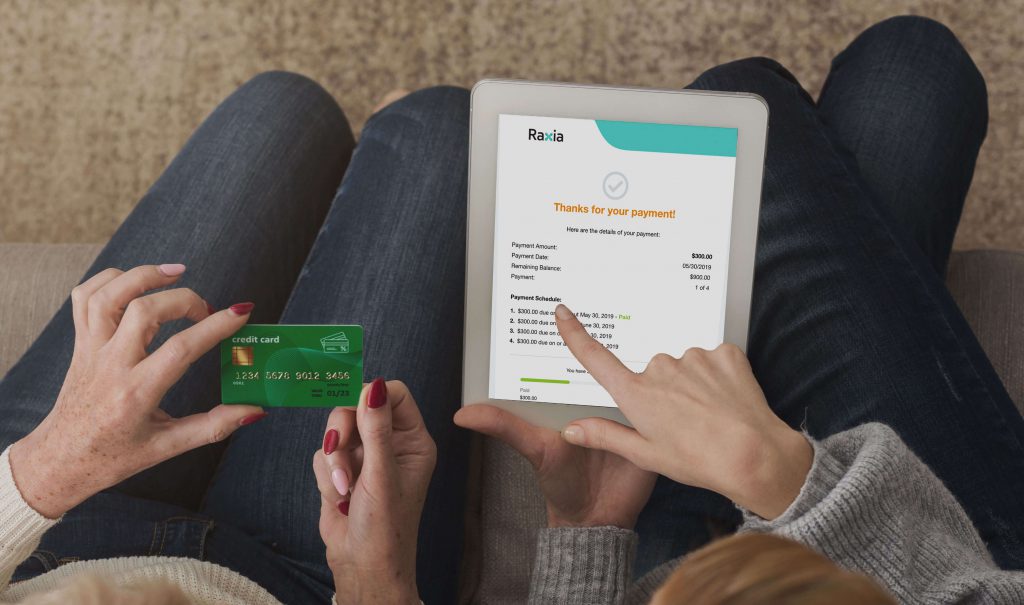On the surface, it would seem that every dollar is created equally. But put a dollar in the hands of a consumer and its value changes dramatically depending on where that person plans to spend it.
It’s for this reason that understanding a patient’s ability to pay is critical for healthcare providers. Because when patients don’t pay, or even when they significantly delay payment, it negatively impacts providers’ bottom line. This often means writing off bad debt or spending increasingly more money on collections that yield diminishing returns.
Too few providers take the time to consider why their collection efforts yield such poor results. Is it really a product of patient willingness and/or ability to pay, or is there something more? Key here is patient communication. The right communications strategy can increase payments across the spectrum.
The Current Paradigm: Two Ends of the Spectrum
Presently, providers tend to focus on propensity-to-pay as a driving criterion by which to segment their patients. Over the years it’s become clear that there are two distinct groups that occupy different ends of the patient spectrum.
At one end, you have patients who can afford to pay their bills and are willing to do so. At the other end, you have patients who can’t afford to pay and never will be able to do so. The motivation for identifying these two groups is to reduce the amount of resource used to collect from them. Mailing paper bills and the associated administrative processes are very expensive. These processes also tend to be complex and extremely inefficient.
The solution, therefore, has been to reduce collection efforts at the ends of the spectrum and focus more on the people in between. These people are much harder to group so communicating with them effectively becomes a challenge.
Providers typically rely on credit scores to determine patient propensity-to-pay, but credit reports don’t tell the whole story. Patient ability (and willingness) to pay their medical bills can change depending on what the bill is for and the amount.
Quite frankly, the current collections process doesn’t work. From communications, to segmentation, and everything else. The whole process is broken. It’s time to re-think healthcare collections.
A New Paradigm
At the outset, let’s think about the healthcare collections process.
- Patient communications are critical to the collections process.
- Healthcare providers tend to use the same communications for all patients.
- Collections communications are expensive (paper bills, administration, resources to answer patient questions, external collection agencies, etc.)
If we accept the first premise, that communication is critical, then it immediately becomes clear that the second point is problematic. Nowadays people are used to, and even expect personalized communications. The healthcare industry, due to a whole host of factors, more often than not fails to provide the type of communications experience that engages patients and encourages them to take action on paying their bills.
For example, buying consumer credit report data may suggest likely someone is to pay a bill, but it doesn’t tell you what tactics to take to get that person to change their behavior. The only valid source of data for that is from your patients.
Propensity-to-pay, therefore, becomes something to optimize further, not something to segment patients by.
Optimizing Propensity-to-Pay
What providers need is a clear understanding of how their patients engage with the payment process. That means it’s necessary to establish a baseline. Don’t assume that data you can purchase about patients is entirely correct or will help you engage patients better. Instead, as you recalibrate the collections process, treat everyone the same. Use the same communications cadences and messaging for everyone. Track patient interaction with those communications and tie data to specific engagement points.
This initial step generates thousands of data points. It’s not until you have this baseline data that you want to begin to mix in other, external data sources. All this data then gets analyzed using artificial intelligence (AI) to group patients based on their engagement habits. From this you can identify the most effective way(s) to engage with these different groups.
For example, one group may prefer emails early in the morning, and another may want a text message during the lunch hour. Regardless of medium and timing, this data allows you to develop more effective communications cadences for each specific group.
This becomes an on-going process. As more and more patient communications go out, the more data point you collect and the more the AI algorithm can refine your patient billing groups.
Remember, most patients are willing to pay their medical bills. Giving the right patients the right options for doing that improves their ability to pay and everything that goes along with that. And providing them with the right communications helps you, the provider, determine when to offer the personalized payment options that patients need in order to actually pay their bills.
Cost Savings
All this talk about optimizing propensity-to-pay has yet to address the third point above – the cost of collections. Utilizing a digital communications platform, like Raxia, drastically reduces the cost of communications. Digital communication channels, like email and text messages, are a fraction of the cost of paper bills. You can send thousands of digital communications for extremely little cost.
Plus, these digital communications are easier to track and contribute data points to your optimization process automatically. That means there’s less administrative overhead. In fact, the entire optimization process outlined above happens automatically, behind the scenes on the Raxia platform.
Finally, optimizing the collections process means that more people across the propensity-to-pay spectrum are actually paying their bills. With more patients paying there’s less need for external collection agencies, which further bolsters your bottom line.


